Table of Contents
Introduction to Cinnamon and Its Variants
Cinnamon cassia and true cinnamon (Ceylon cinnamon) are often confused, but they have critical differences that impact both flavor and health. This guide explains the key distinctions, including the significant coumarin health risk in cassia, and provides clear guidance on choosing the right cinnamon for your needs.
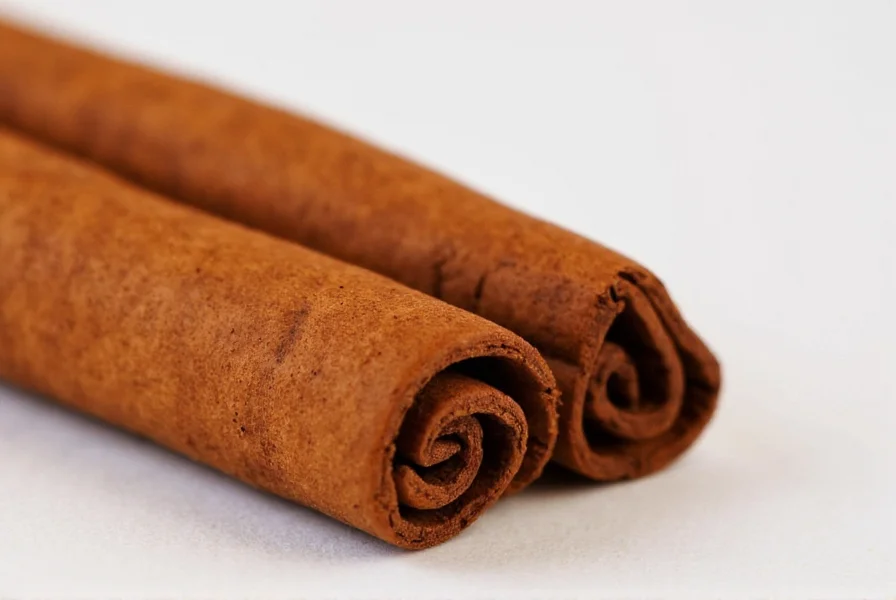
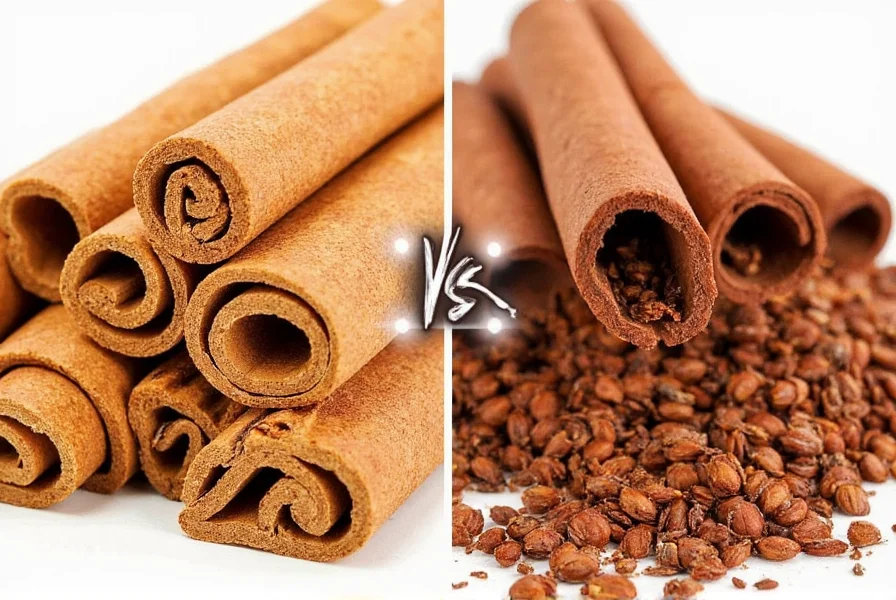

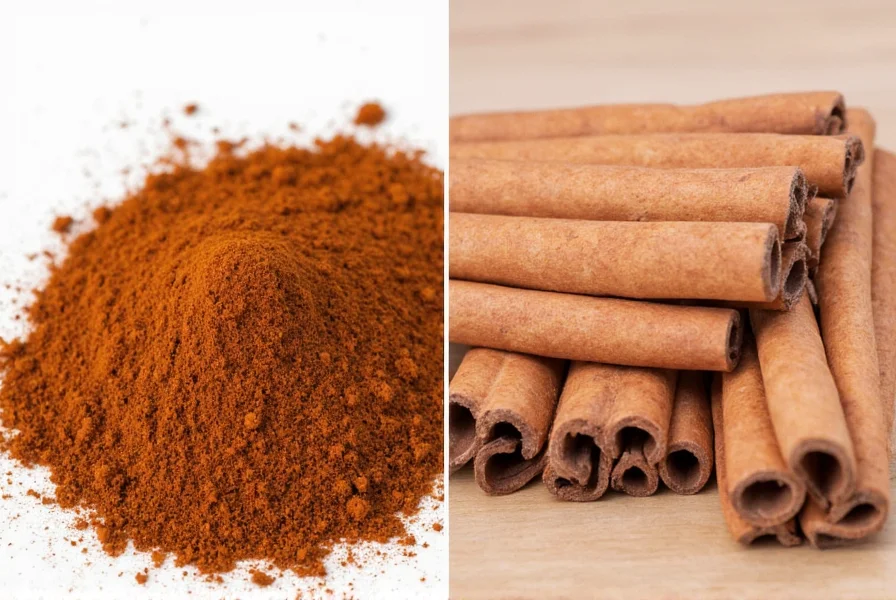
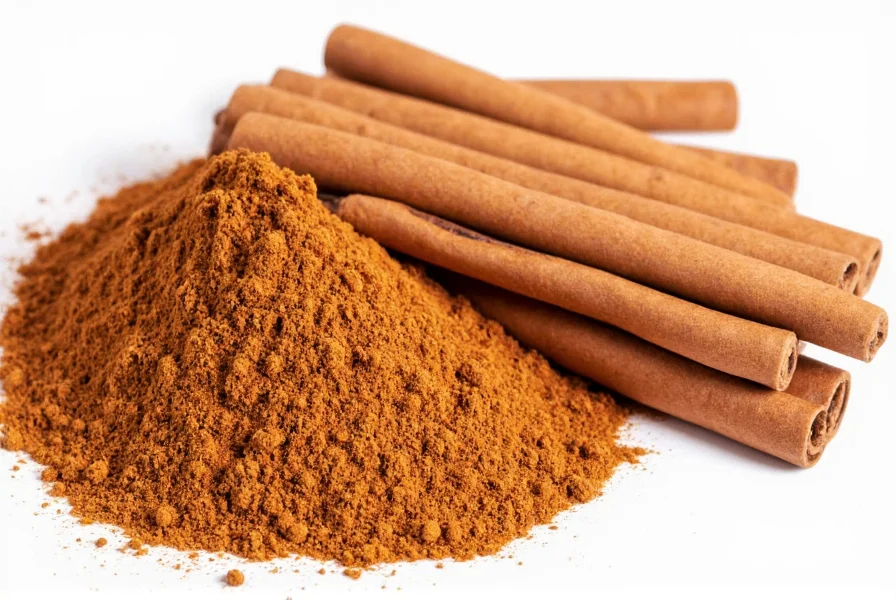
What is Cinnamon Cassia?
Cinnamon cassia, sometimes referred to as Chinese cinnamon or Indonesian cinnamon, comes from the Cinnamomum cassia tree. It's the more commonly found type in supermarkets and is often labeled simply as 'cinnamon.' This variety has a stronger, more pungent flavor compared to true cinnamon, with a slightly more intense and spicy profile.
It's widely used in cooking, especially in desserts, baking, and spiced beverages like mulled wine and chai. The bark is typically thicker and has a darker color than true cinnamon, which gives it a more robust character. However, it contains high levels of coumarin, a compound that may cause liver issues with regular consumption.
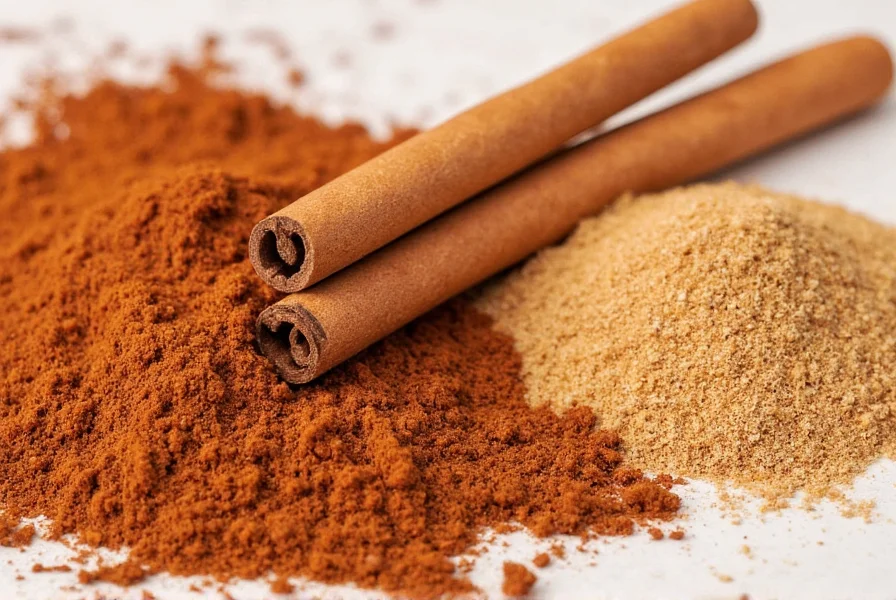
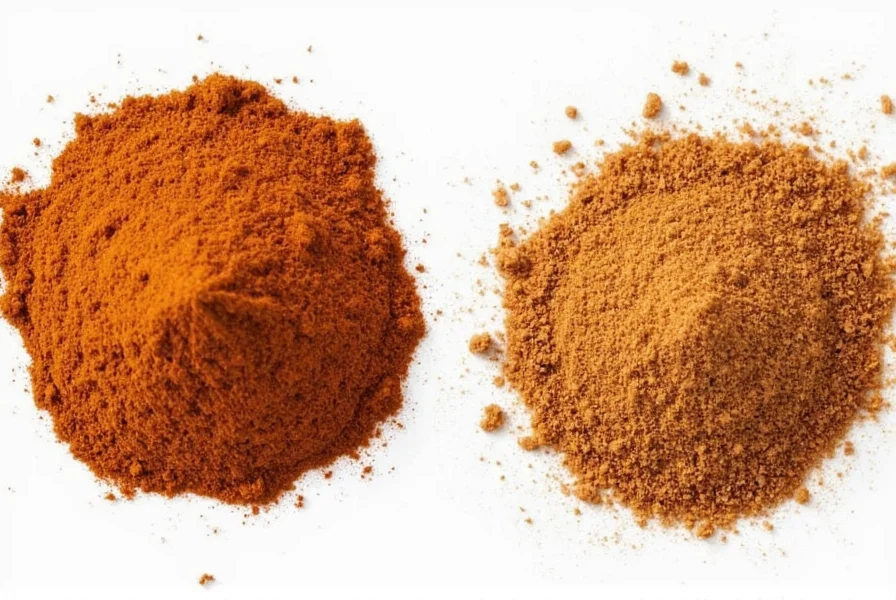
What is Cinnamon (True Cinnamon)?
True cinnamon, or Ceylon cinnamon, comes from the Cinnamomum verum tree, native to Sri Lanka. It's considered the more delicate and refined version of cinnamon. True cinnamon has a lighter color, a finer texture, and a sweeter, more subtle flavor compared to cassia.
Because of its milder taste, it’s often preferred in recipes that call for a more nuanced flavor, such as pastries, custards, and even some savory dishes. It's also more expensive due to its rarity and the labor-intensive process of harvesting and processing the bark. Crucially, it contains negligible coumarin levels, making it safe for daily consumption.
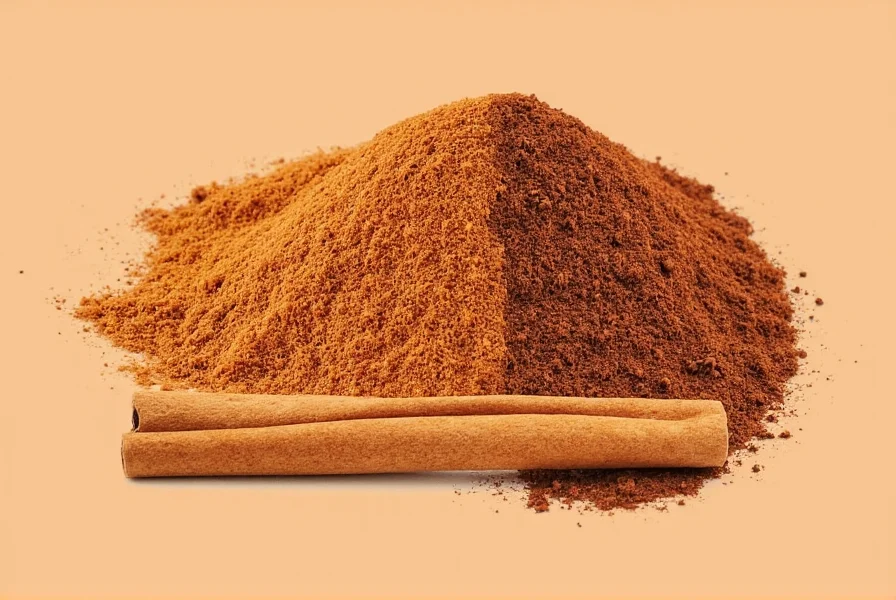
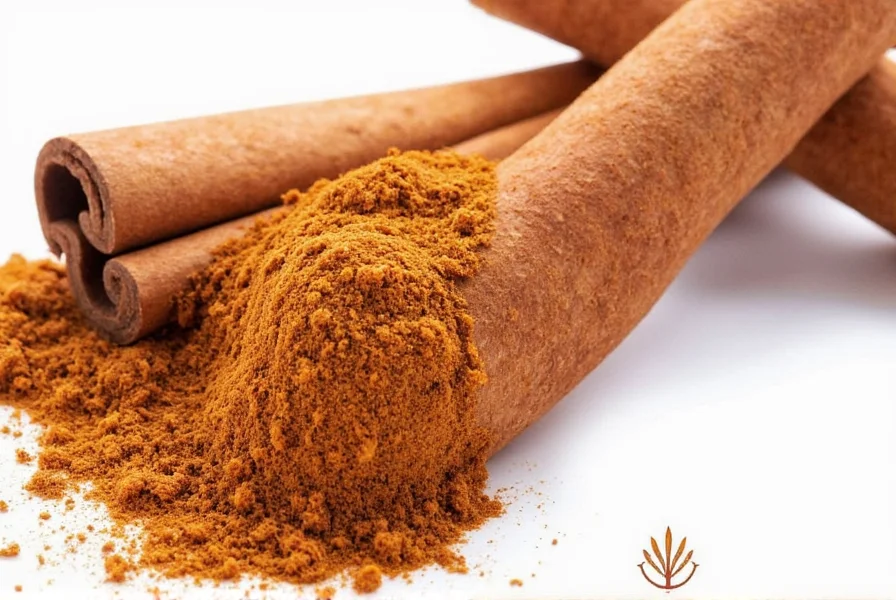
Key Differences Between Cinnamon Cassia and Cinnamon
Understanding the differences between these two types of cinnamon can help you choose the right one for your culinary and health needs. Here’s a detailed comparison:
| Feature | Cinnamon Cassia | True Cinnamon |
|---|---|---|
| Scientific Name | Cinnamomum cassia | Cinnamomum verum |
| Origin | China, Indonesia, Vietnam | Sri Lanka |
| Flavor | Stronger, spicier, more pungent | Milder, sweeter, more delicate |
| Color | Darker, reddish-brown | Lighter, golden-brown |
| Texture | Thicker, coarser bark | Thin, flaky bark |
| Price | More affordable | More expensive |
| Coumarin Levels | 0.4-1.2% (up to 12,000 ppm) | <0.01% (typically 5-20 ppm) |
| Health Considerations | High coumarin may cause liver issues with regular consumption | Low coumarin, safe for daily use |
Practical Tips for Using Both Types of Cinnamon
Whether you're using cinnamon cassia or true cinnamon, here are some evidence-based tips to get the best results while prioritizing health:
- Use Cassia for Bold Flavors: Add it to hearty dishes, spiced coffee, or baked goods where a strong cinnamon flavor is desired. Limit to 1 teaspoon per day for adults due to coumarin risks, as recommended by the European Food Safety Authority (EFSA).
- Opt for True Cinnamon in Delicate Dishes: Use it in custards, cakes, or sauces where a subtle hint of cinnamon works better. Safe for daily consumption without health concerns.
- Grind Fresh When Possible: Whole cinnamon sticks or bark can be ground just before use for maximum flavor and aroma.
- Store Properly: Keep both types of cinnamon in airtight containers away from heat and light to preserve their potency.
- Be Mindful of Quantity: Cinnamon is powerful, so start with a small amount and adjust to taste. For cassia, never exceed 1 teaspoon daily for adults.
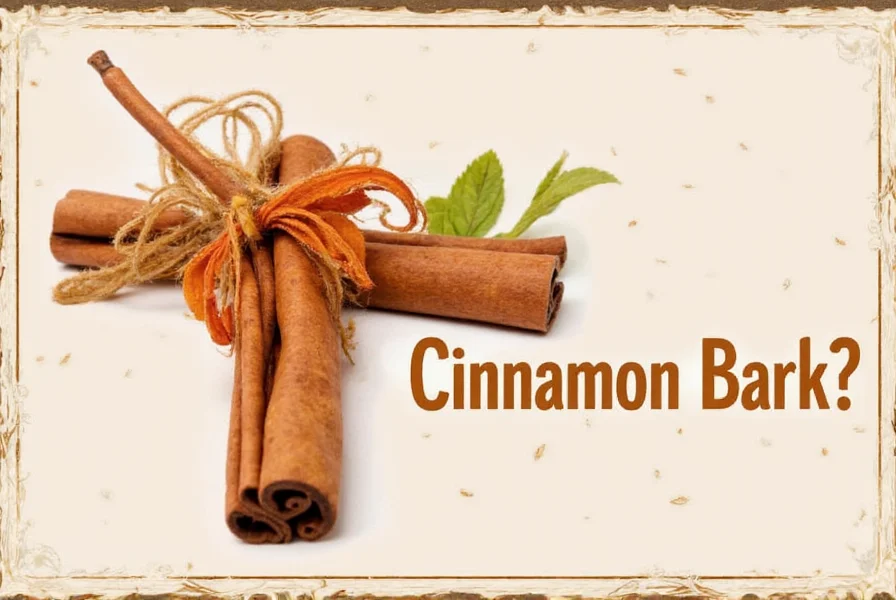
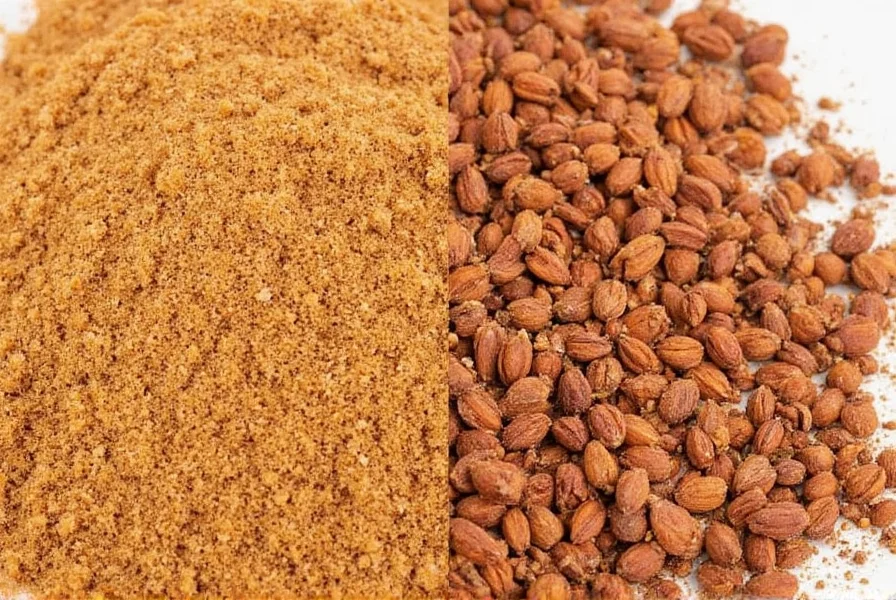
Buying Guide: How to Choose the Right Cinnamon
When shopping for cinnamon, prioritize health and quality. Here’s a detailed guide to help you make an informed choice:
Features to Consider
- Source: Look for products that clearly state whether they’re made from cassia or true cinnamon. For daily use, always choose "Ceylon cinnamon" or "true cinnamon" to avoid coumarin risks.
- Appearance: True cinnamon tends to be lighter in color and has a more delicate, flaky texture, while cassia is darker and thicker.
- Aroma: True cinnamon has a sweeter, more floral scent, while cassia is more pungent and spicy.
- Packaging: Choose reputable brands that offer high-quality, organic options if possible. Check for third-party testing certifications for coumarin levels.
Advantages of Each Type
- Cinnamon Cassia: Affordable, easy to find, great for bold flavors and occasional cooking. Not recommended for regular daily consumption due to coumarin risks.
- True Cinnamon: More refined, suitable for gourmet dishes, ideal for daily use, and safe for long-term health.
Use Cases and Target Audience
- Cinnamon Cassia: Perfect for holiday recipes, rich desserts, or occasional use. Avoid for daily consumption if you have liver conditions.
- True Cinnamon: Best for health-conscious individuals, chefs, and anyone consuming cinnamon regularly. Recommended by health authorities for daily use.
Suitable Occasions
- Cinnamon Cassia: Use it during holidays or special occasions where bold flavor is desired, but limit intake.
- True Cinnamon: Ideal for everyday cooking, breakfasts, and health-focused recipes. Safe for daily consumption without health concerns.
The key difference between cinnamon cassia vs cinnamon lies in their flavor profiles, origins, and critical health implications. Understanding this distinction can elevate your cooking and allow you to make more thoughtful choices in the kitchen.
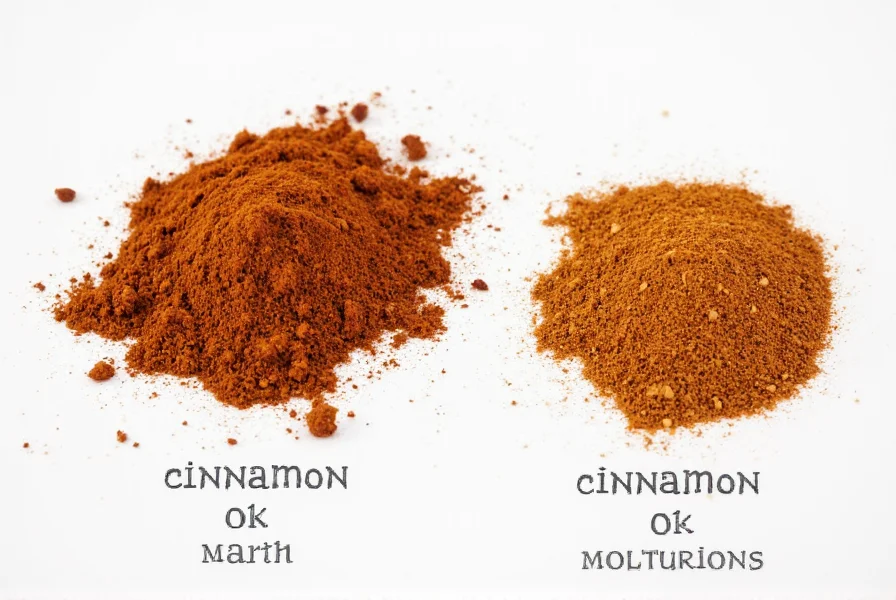
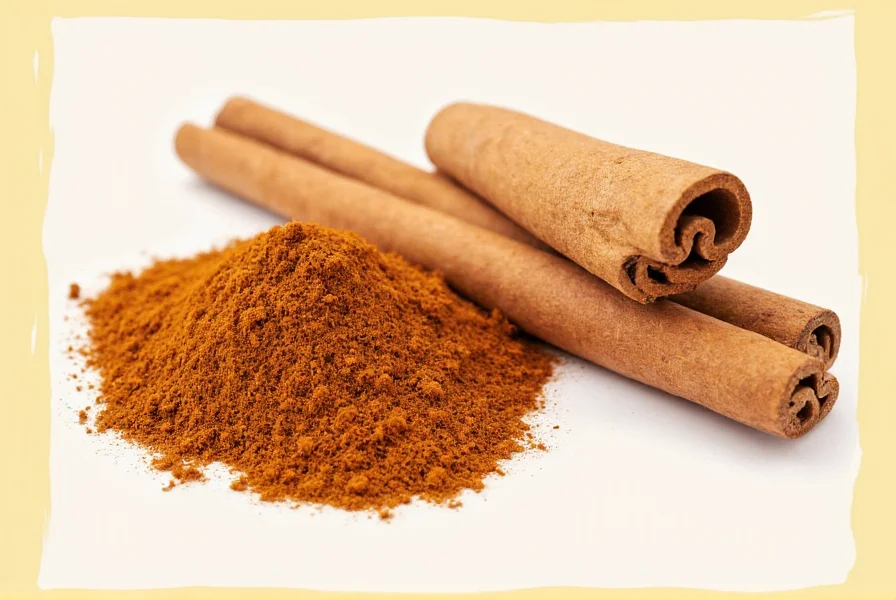
Conclusion
In summary, while both cinnamon cassia and true cinnamon come from the same family of trees, they differ significantly in taste, appearance, and use. Crucially, cinnamon cassia contains high levels of coumarin which can pose liver health risks with regular consumption, making true cinnamon the safer choice for daily use. Whether you're baking a cake, brewing a cup of tea, or preparing a savory dish, knowing the difference between these two varieties can help you achieve the perfect flavor balance while prioritizing your health.
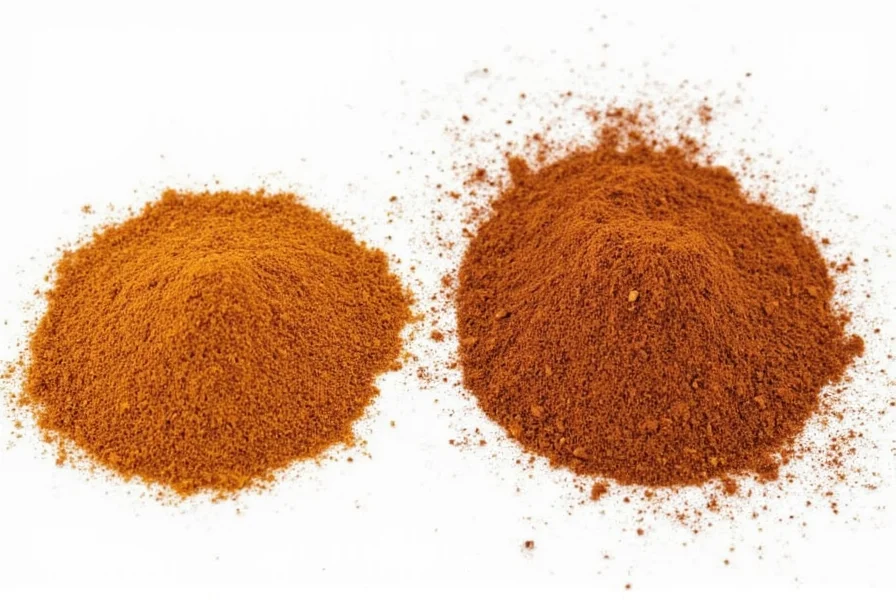
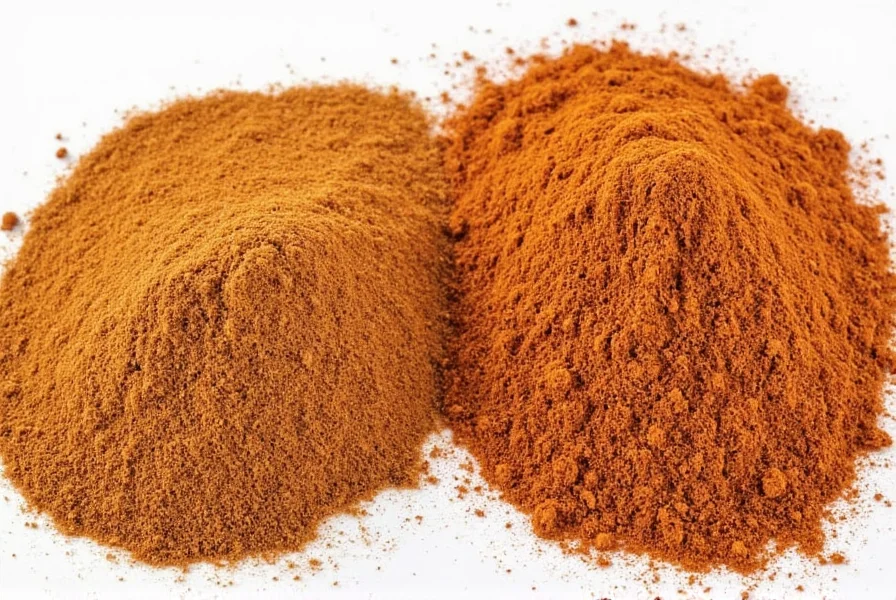
Frequently Asked Questions
Is cinnamon cassia safe to consume regularly?
Cinnamon cassia contains higher levels of coumarin, a compound that can be harmful in large quantities. While occasional use in cooking is generally safe, those consuming cinnamon daily should consider switching to true cinnamon (Ceylon), which contains significantly lower coumarin levels. The European Food Safety Authority recommends limiting cassia consumption to about 1 teaspoon per day for adults.
Can I substitute cinnamon cassia for true cinnamon in recipes?
Yes, but with caution. Cassia's stronger flavor means you'll typically need less—about half the amount of true cinnamon called for in a recipe. For delicate dishes like custards or light pastries, substitution may overpower other flavors. In robust recipes like apple pie or mulled wine, cassia often works well as a substitute due to its bolder profile. However, for daily consumption, true cinnamon is always safer.
How can I tell if my cinnamon is cassia or true cinnamon?
Examine the sticks: True cinnamon forms multiple thin, papery layers that appear almost rolled like a cigar, while cassia forms a single thick, hard tube. True cinnamon is lighter in color (tan to light brown) and has a delicate, sweet aroma. Cassia is darker (reddish-brown), thicker, and has a stronger, spicier scent. If your cinnamon sticks are difficult to break, it's likely cassia.
Why is true cinnamon more expensive than cinnamon cassia?
True cinnamon (Ceylon) commands a higher price due to its labor-intensive harvesting process. Its delicate bark requires more careful handling and yields less spice per tree compared to cassia. Additionally, true cinnamon comes primarily from Sri Lanka with more limited production, while cassia is grown more abundantly in China, Indonesia, and Vietnam. The higher price reflects both production costs and its status as a premium, health-conscious spice.
Does the type of cinnamon affect its health benefits?
Both types offer similar antioxidant and anti-inflammatory benefits. However, true cinnamon (Ceylon) is preferred for regular consumption due to its significantly lower coumarin content. Cassia's higher coumarin levels may cause liver issues with prolonged, high consumption. For blood sugar management—which both types support—true cinnamon is often recommended for daily use, while cassia works well for occasional culinary applications.

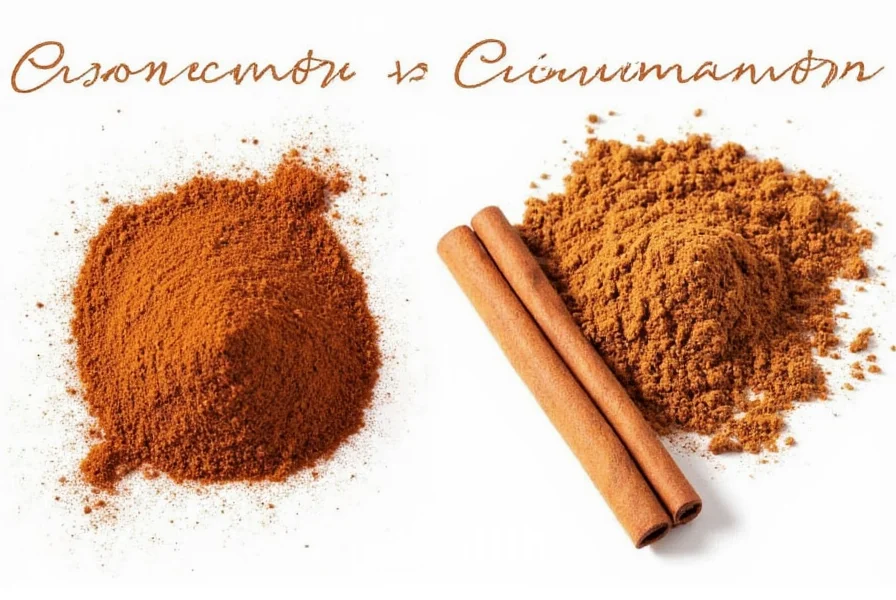









 浙公网安备
33010002000092号
浙公网安备
33010002000092号 浙B2-20120091-4
浙B2-20120091-4